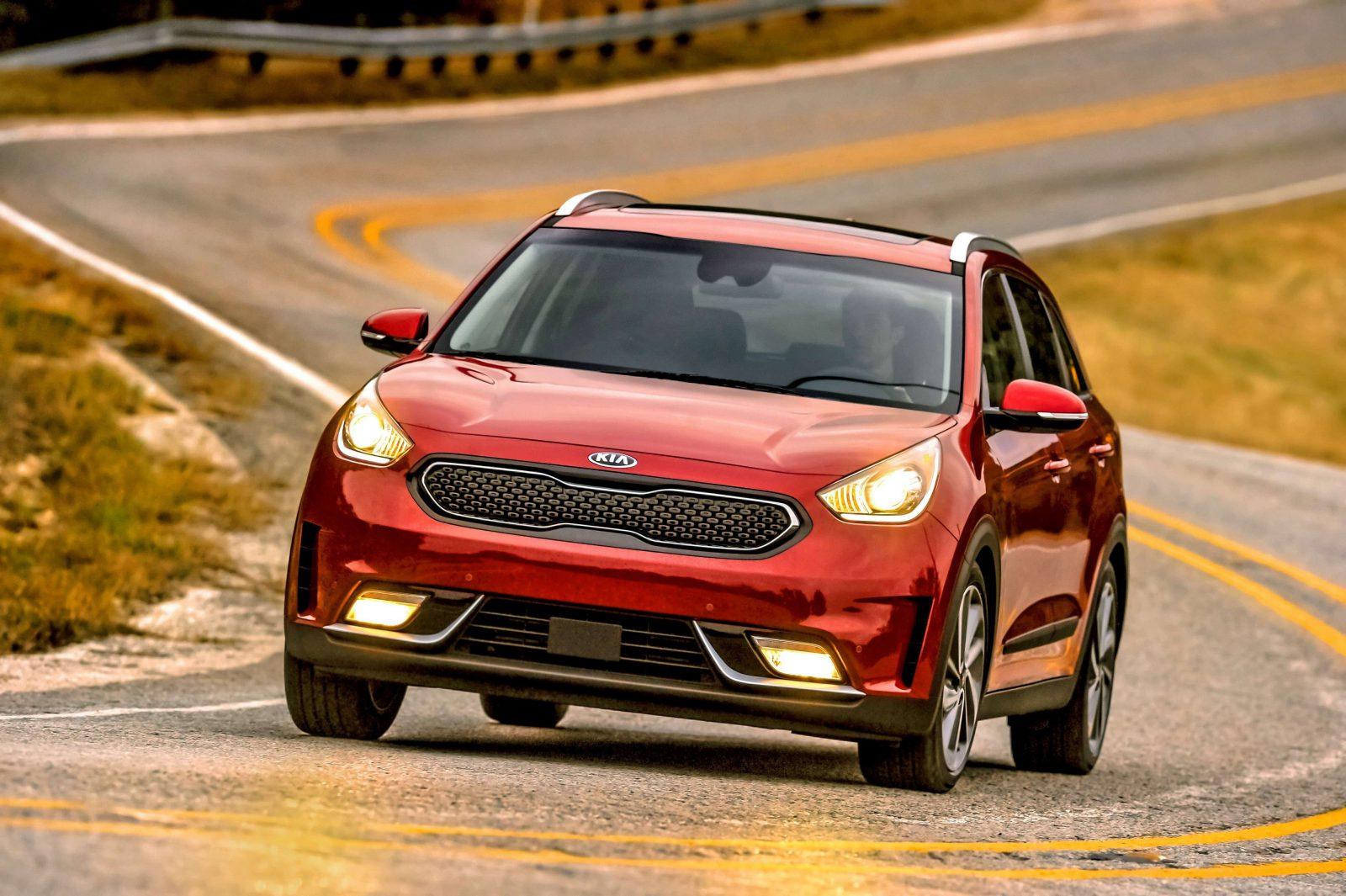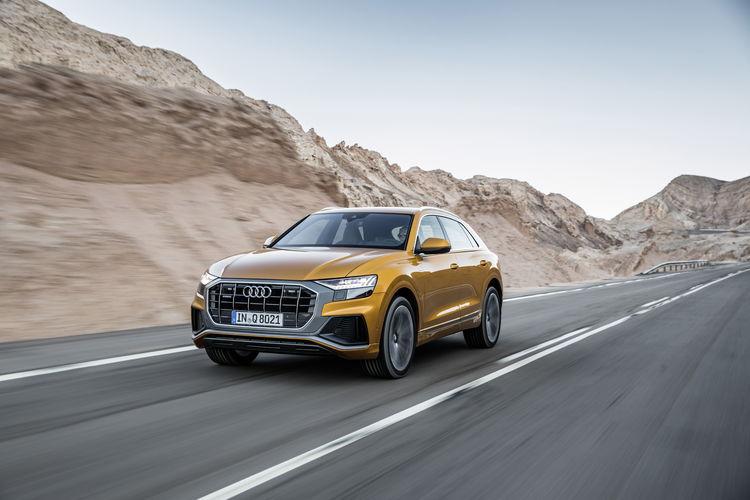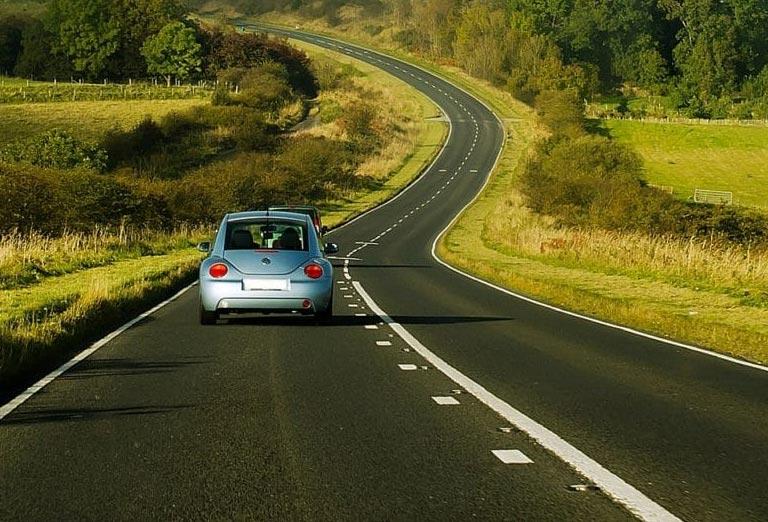Experimenting with the fuel economy readings never gets old. Car enthusiasts often engage in stunts and driving tricks to find the best fuel-saving methods. One popular trick is coasting when riding a slope. But, can the car make it to the top of the hill by coasting? Which coasting technique yields better mileage – coasting uphill or gassing downhill?
Contents
Can The Car Make It To The Top Of The Hill By Coasting?
Coasting means depressing the clutch or keeping the gear in neutral while driving along a slope. Going downwards from a hill without engaging the engine makes sense because we all understand gravity. Can the car make it to the top of the hill by coasting?
Despite being counterintuitive, the simple answer is – yes, it can.

However, to make that happen, the car needs to gain momentum. It has to slope downward a straight and smooth path while coasting in neutral. Technically the car can make it to the top of the hill by coasting only if there are two or more hills of progressively smaller sizes. First, it has to coast downhill in neutral for gaining speed from gravitational acceleration. Then, that momentum makes it coast towards the next smaller hill.
Gear Or Neutral – How To Coast?
Coasting in gear is a good idea to bring the car to a stop at the bottom of a slope where gravity no longer helps with sliding or moving. Putting it in gear does not translate to using fuel while going downhill because the engine does not inject fuel in the absence of gas-pedaling.
However, can the car make it to the top of the hill by coasting while in gear? The answer is ‘no’ since braking causes the engine to decelerate while coming downhill. Thus, the car comes to a stop when it reaches the bottom of the valley.
SEE MORE :
Coasting Uphill And Gassing Downhill – What Is More Fuel Efficient?
No one, to be precise. If your aim is to climb up or down a hill and burning less fuel, the best course is to drive at a constant pedal pressure. That way, there will be no disproportionate dumping of fuel into the engine.

>> Buy a used car from reliable Japanese sellers here <<
At a constant pedal pressure, the vehicle maintains a constant speed. It will naturally accelerate when going downhill and decelerate while moving uphill. There would be no spikes in fuel consumption. Nevertheless, this technique is not always applicable and may require adjustments depending on the road conditions, especially if the hill is too steep, curvy, or uneven.
Conclusion
Disengaging the engine makes the braking system prone to damage. It reduces the driver’s control over the car. So, you should avoid coasting to stay safe from unexpected road hazards. There is a lot of hype around coasting. But, safety comes first when you are driving. If you still want to try it, choose a safe location with less curvy slopes and low to almost no traffic.



